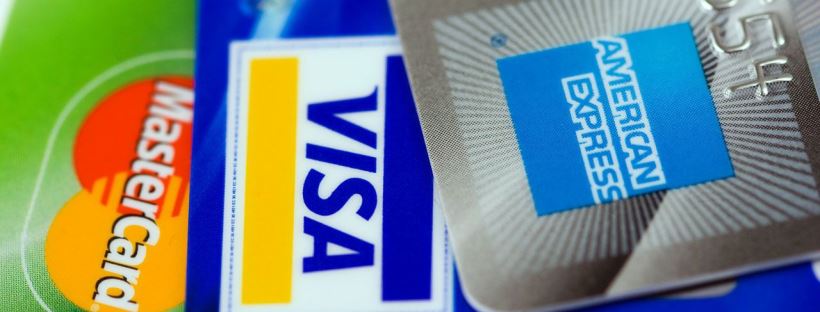Credit Card Debt: Unsecured, Revolving and Dangerous

Debt is probably the most common topic our coaches get asked for help with. Why? Because people take on debt without knowing how it works and then find themselves with a balance that they can’t seem to make a dent in.
Debt is very easy to build but so hard to get rid of.
But not all debt is bad and when used correctly, it can actually benefit you (building credit history, helping you buy a house, etc). By gaining a better understanding of the different types of debt and how they work, you can make better decisions about taking out a loan or opening a credit card.
There are two main types of debt: secured and unsecured. Secured debt is backed by an asset (that’s just something of value, sometimes referred to as collateral), such as a home or car which “secures the loan.” That means the lenders could take ownership of the asset and sell it to recoup some of their money if you fail to repay the loan.
Unsecured debt is not backed by any assets and the creditor doesn’t typically come after the items you’ve purchased with the borrowed money if you’re unable to make your payment. They have other methods of getting their money (like collection agencies). Why do you need to know the difference between secured and unsecured loans? As you can imagine, the interest rate for unsecured debt is much higher because the lender is more at risk to lose money if you don’t pay back an unsecured loan.
Credit cards are the most common type of unsecured debt and are usually issued as a line of credit.
That means you can borrow up to a certain pre-determined dollar amount. The application process is usually fast and easy (online, at the checkout register, etc) and is completed with a a quick check of your credit report. Credit cards are also considered a type of revolving credit. That means that the limit they assign you automatically renews monthly as your purchases are paid off and you can use as much or as little credit as you need each month. Unlike an installment loan where you borrow a fixed amount and have a pre-set length of time to pay it back (ex. 5 year loan), payments on revolving credit are more open ended and the balance fluctuates. A revolving line of credit remains available as long as you make the minimum payments and don’t exceed your credit limit. If you choose to only make the minimum payments and carry a balance over time on a credit card, interest charges are added to the next bill, increasing the amount you owe. This process continues and the balance will grow and grow and your minimum payments won’t make a dent in paying off the debt. This is why credit cards are dangerous and not considered a type of ”good” debt.
As we mentioned earlier, unsecured debt has much higher interest rates, usually in the 10-29% range and that rate can change (unlike a fixed rate loan).
Credit cards are lucrative for the lenders and expensive for borrowers.
On top of the high interest rates you may pay, if you miss making a minimum payment, it has a serious impact on your credit score, you’ll be charged a late fee and your interest rate may automatically be increased to a higher “penalty” rate.
Using credit cards responsibly however, (buying what you can afford to pay off each month, making all your payments on time and in full every month) can help you build a good credit history. That’s a necessary step if you have future goals like borrowing money to open a business, buying a car, or a home at the better interest rates only available to people with good credit scores.